|
Fall is the season where you realize just how many vegetables were hiding in the fields. Once they are all picked by hand and a space to store them found, the sheer quantity becomes apparent! Here are some photos of our harvesting this week. If you ever wonder why many farms have numerous little buildings all over the place, the answer becomes apparent at harvest time! We have onions and squash drying in the drive shed, potatoes and red onions in the wood shed, squash and pumpkins in the greenhouse, and garlic in the mudroom. We're running out of space to put things... But that is a good position to be in! As you can see from the pictures, we have many yellow cooking onions that will be available in the shares in a week or two (and for the rest of the season). Also in the share this week are a taste of some organic MacIntosh apples from our friend's farm. These apples will be available for purchase in larger quantities next week. I will include details of quantities and cost in next week's blog post. Nothing says fall like a crisp MacIntosh! Weekly Share Contents: Potatoes Red Onions Pea Shoots OR Leeks Kale Celery Winter Squash Apples Cilantro Creamy Kale Salad
6 cups kale, thinly sliced 2 medium carrots or zucchini, shredded 1 small red onion, finely chopped 1 medium ripe avocado, halved and pitted 3 tbsp water 3 tbsp lemon juice 2 tbsp olive oil 1 tbsp Dijon mustard 1 tbsp maple syrup Sea salt and pepper to taste 3 tbsp sunflower seeds or sliced almonds, oasted In a large mixing bowl, toss together the kale, carrots, and onion. In a blender, combine the remaining ingredients (except seeds/nuts) and blend until smooth and creamy. Toss dressing with salad and sprinkle with sunflower seeds or almonds. Taken from: The Pure Kitchen by Hallie Klecker Wild Rice, Kale, and Apple Salad Salad: 6 cups cooked wild rice 1/2 small red onion, finely diced 1 tart apple, diced 4 - 5 large kale leaves, thinly sliced 1 cup almonds, toasted and chopped 1/2 cup currants (optional) Dressing: 1/3 cup balsamic vinegar 1/3 cup olive oil 1 tbsp maple syrup 1 tsp sea salt freshly ground black pepper Place all salad ingredients in a large bowl. In a small bowl, whisk together the ingredients for the dressing. Pour dressing over salad and toss together. Taste and add more sea salt and pepper if needed. Taken from: Nourishing Meals by Alissa Segersten and Tom Malterre Right on schedule, we received our first frost of the season on Thursday evening. This frost brings an end to the summer crops as their leaves curl and brown and they stop ripening fruit. But now we have plenty of fall vegetables to enjoy! With the first frost brings the mad dash of harvesting all the winter squashes and pumpkins, before we get more frost and it damages their storage ability. This are the first of the Delicata Squash I harvested this weekend, with more of these still to harvest. Then, I will be on the harvesting the Acorn, Red Kuri, and Butternut squash. Ian was busy digging potatoes, which have been plentiful this year, so you can expect some for the rest of the season. This weekend, I attended a workshop titled 'The Dirt on Soil', to learn more about building rich soil in an organic manner. I think one of the key components that sets small scale organic agriculture apart from conventional agriculture is the focus on soil regeneration. Since the advent of synthetic fertilizers, conventional agriculture has taken a reductionist approach to nutrient management, with the application of NPK (nitrogen, potassium, phosphorous) fertilizers. These fertilizers will promote strong plant growth and greater yields in the short term, but with serious long term implications. Conventional health care has taken a similar approach, with each year or decade bringing the new, hot vitamin. Vitamin C! Vitamin D!.... But, this reductionist approach of supplementing with individual nutrients ignores the complex and symbiotic nature of living things. In both soil and the human body, when we supplement with individual nutrients, we risk throwing the whole system out of balance. One important aspect of the soil food web is the bacteria and fungi. These microscopic organisms play a variety of roles, including breaking down plant and animal residues, protecting plants from nefarious pests, and adding nitrogen to the soil as they die. In organic agriculture, the health of your soil is largely dependent on the quantity and type of bacteria and fungi present in the soil. An interesting fact I learned at the workshop is that conventional, synthetic fertilizers will kill 70% of the bacteria present in the soil. And, to make matters worse, the 30% of bacteria that survive are typically the 'bad' bacteria that cause crop disease or even human disease. So essentially, conventional fertilizers are sterilizing the soil and allowing bad bacteria the perfect breeding ground to cause major crop failures. It then becomes a vicious circle of chemical fertilization followed by usage of pesticides and fungicides to mitigate the high levels of disease and pests caused by the fertilization. So what can farmers using an organic approach do? To start, we can build the soil using biologically active and gentle means. For us, this means using cover crops (crops that are grown specifically to be worked into the soil, thereby adding nitrogen and promoting biological activity), adding organic compost and manure, practicing crop rotation (never growing the same crop in the same spot for several years), and adding amendments like kelp powder or green sand to address specific nutrient deficiencies. Additionally, we can work the soil as minimally as possible. Every pass of a tractor, rototiller, shovel, or even feet, can compact the soil or disturb the microscopic soil life. By minimizing these, we can promote an ideal environment for the bacteria, fungi, earthworms, and other soil creatures. We still have work to do to regenerate our fields and we are looking forward to trying some new practices next year. Weekly Share Contents Potatoes Red Onions Leeks Celery Kale Beets OR ..... (not yet sure) Peppers Garlic Parsley 'Tis the season for potato leek soup! Here is a delicious version: http://www.naturopathicbynature.com/potato-leek-soup-gluten-free-dairy-free-vegan/
As the season slows down a bit for us, we were able to take two days to visit Toronto to celebrate Terran's 9th birthday. Prior to farming, we loved to travel around Canada with our tent or canoe. But, I must say, now that we work with dirt, bugs, and rain on a regular basis, staying at a hotel holds much more appeal! We had a great little trip and enjoyed visiting the CN Tower, Ripley's Aquarium, and the Ontario Science Centre. Since I've been away and have harvesting to get to this morning, I'm going to keep this blog post short and sweet. This week will be last week that we see most of the summer crops such as tomatoes, peppers, cucumbers, and maybe zucchini. With the cold nights and cool days, these crops languish and stop producing fruit. Next week, we will see a big shift in the type of vegetables you are receiving, as we start to harvest the cold-tolerant crops. You will be receiving a small amount of sweet corn (perhaps as a choice item) in your share this week. We planted a small amount of corn this year, and plan to eliminate corn next year for a few reasons. Corn is a space hog, and we don't have the acreage to support growing corn on a larger scale. And, I don't grow corn particularly well :) Next year, we are going to focus on filling the space with more interesting crops. Weekly Share Contents Cucumber Zucchini Celery OR Swiss Chard Tomatoes Corn (possibly as choice item) Peppers Pea Shoots Garlic Cilantro Running out of things to do with your cucumbers? Not sure how to use cilantro? Try this yummy recipe... http://laylita.com/recipes/2014/01/28/cucumber-salad-with-lime-and-cilantro/
What a wild week of weather! We had a few days that actually felt like July, followed by a major thunderstorm that managed to cause no damage other than blowing around harvest bins, and now we have cool nights and mild days. With the chance of cold nights imminent, I spent some time today cutting the growing point or immature fruit off plants such as winter squashes, brussel sprouts, and pumpkin. By cutting off these I force the plant to put all its energy into ripening fruit. An exciting project around here that is starting to take shape, is the construction of a cold storage building. This building will be were I house all harvested vegetables prior to delivery and will allow me much more flexibility in when I can harvest items. Rob dug a four foot deep trench and is filling with stones from our fields to build the foundation. Since this area was historically known as 'Stoneywood', there are plenty of rocks to go around! Now, Rob has built a crib to hold the stones as he builds the foundation out of the ground. The main struact of the building will be made with framed walls and straw bales, which have excellent 'R' value and are an environmentally friendly insulation choice. The metal roof will be extended on one side to house the wash station and vegetable prep area. To cool this building to refrigerator temperature, we will be using an air conditioning unit coupled with a CoolBot. A CoolBot is a device that overrides the settings of an air conditioner so we can cool to nearly freezing temperatures. The exterior of the building will be covered and sealed with a plaster. Below are a few shots of the progress. We took off more honey this week, so will have more for sale at the pickup on Wednesday. An exciting addition will be our comb honey, which is available for $4.50 for a container! Weekly Share Contents: Swiss Chard Eggplant Cucumber Zucchini Potatoes Tomatoes Peppers Green Onions OR Celery Garlic Cilantro Eggplant Zucchini Ragout
This can be eaten like a stew, with crusty bread, or used as a pasta sauce. If you omit the beans, you can serve over grilled fish or chicken. 2 - 4 tbsp extra virgin olive oil 1 medium red onion, chopped 4 - 5 cloves garlic, crushed 1 medium eggplant, cubed 2 medium zucchini, chopped 8 - 10 cremini mushrooms 3 cups cooked navy beans (optional) 2 - 3 cups tomato sauce, or pureed tomatoes 1 tbsp Italian seasoning 1 tsp sea salt 1/2 tsp crushed red chili flakes (optional) Heat a large pot or skillet over medium heat. Add oil and onion; saute for about 5 minutes or until soft. Add the garlic, eggplant, zucchini, and mushrooms; saute for 5 to 10 minutes more or until the vegetables have softened. Next add the white beans, tomato sauce r puree, Italian seasoning, salt and chili flakes. Simmer for about 8 to 10 minutes more or until the sauce has thickened slightly. Taste and add more salt if necessary. Freezes well. Taken from: Nourishing Meals by Alissa Segersten and Tom Malterre Curried Vegetables 1 tbsp virgin coconut oil 1 large onion, chopped 1 tsp ground coriander 1 tsp ground cumin 1 1/2 tsp curry powder 1/2 tsp ground tumeric 1/4 tsp ground cinnamon pinch cayenne pepper 4 - 5 cloves garlic, crushed 3 large carrots, sliced 2 small yams or potatoes, sliced 2 cups diced tomatoes 1/2 cup water 1 large bell pepper, cut into large pieces 2 medium zucchini, sliced diagonally 1 tbsp arrowroot powder or cornstarch, mixed with 1/2 cup cold water 1 tsp sea salt 1 cup chopped cilantro Heat the coconut oil in a large skillet or pot over medium heat. Add the onion and saute until soft, about 5 minutes. Add the spices and saute for 1 minute more. Add the garlic, carrots, and yams/potatoes and gently mix to coat with oil and spices. Add the diced tomatoes and water and cook for 5 to 10 minutes, covered, stirring frequently, adding additional water to prevent sticking. When the vegetables are beginning to get tender, add the bell pepper and zucchini and gently mix. Cover and cook until the zucchini and other vegetables are tender but not mushy. Add the arrowroot mixture and simmer for 1 minute more. Remove from heat and season with the sea salt and cilantro and mix gently. Taken from: The Whole Life Nutrition Cookbook by Alissa Segersten and Tom Malterre |
Archives
February 2020
|
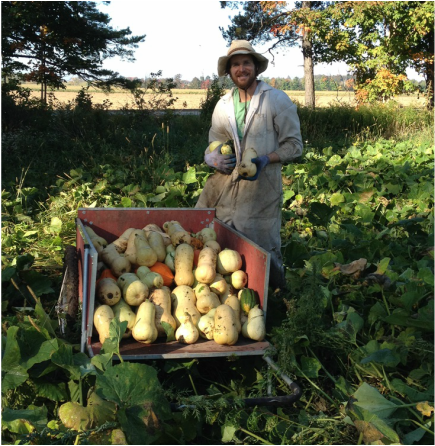
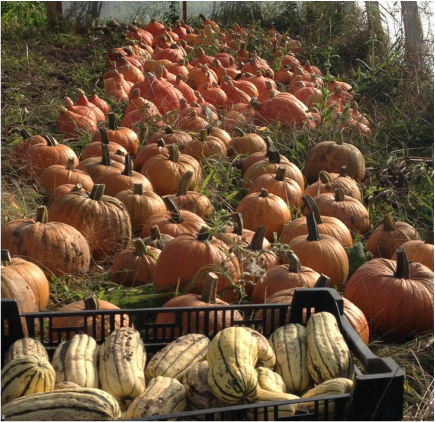
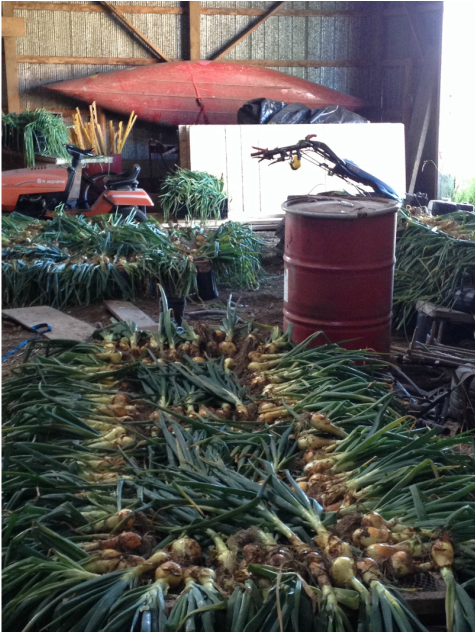
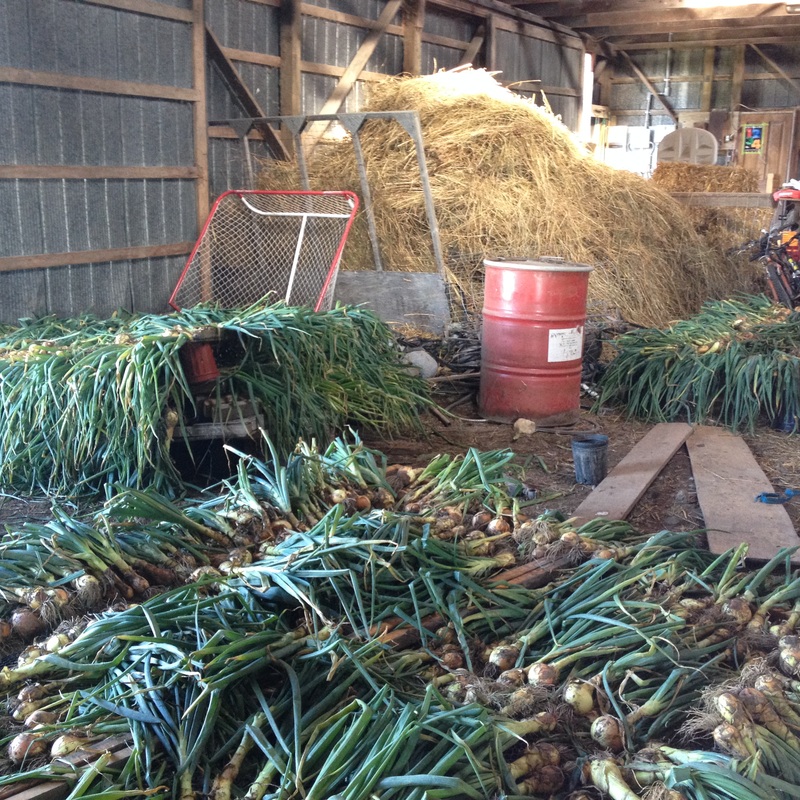
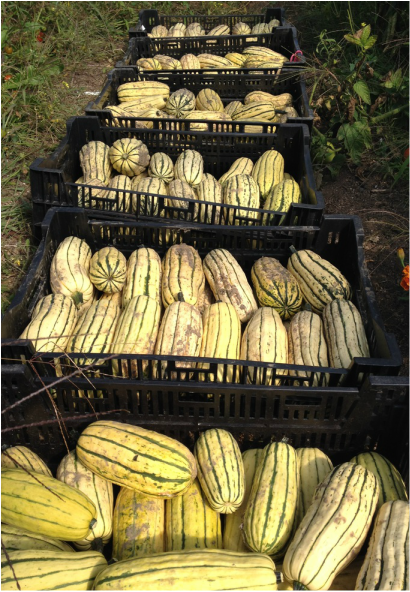
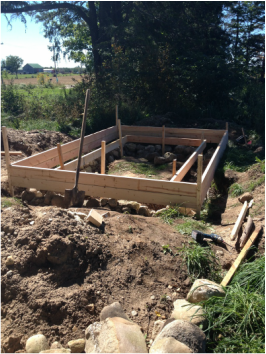

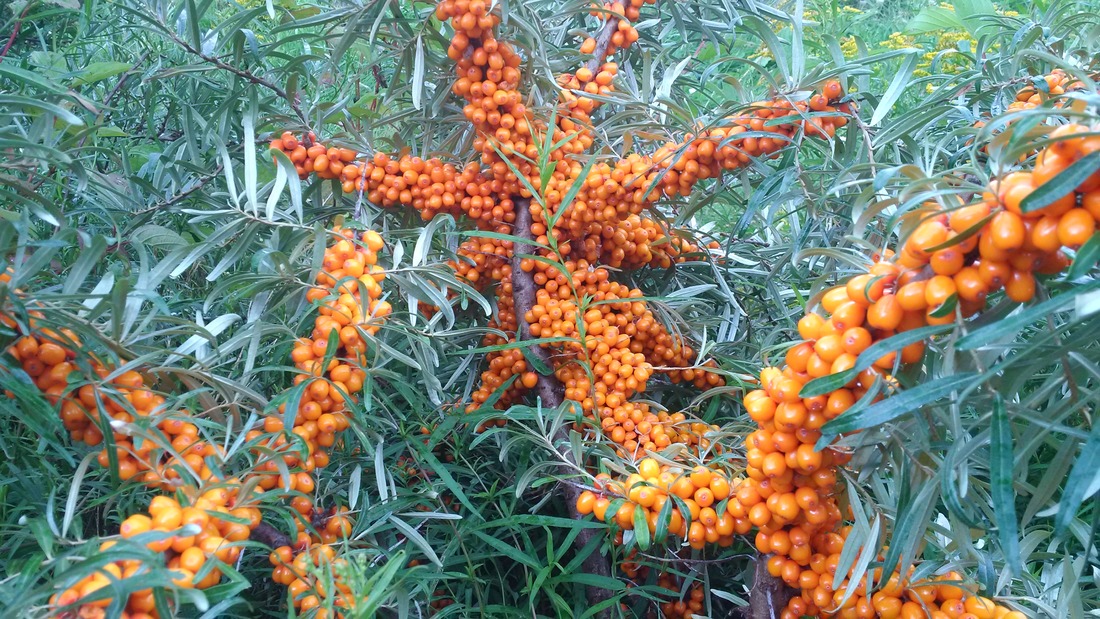
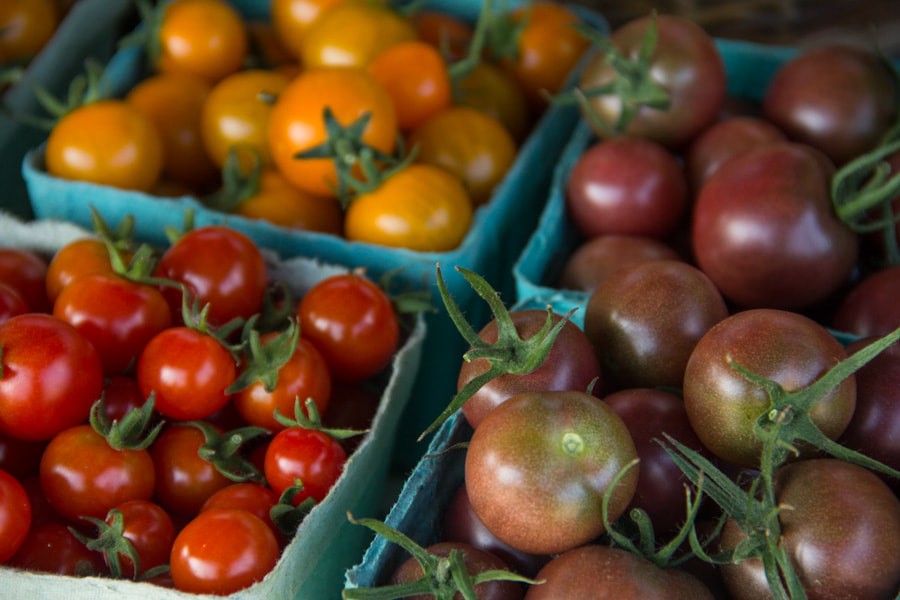
 RSS Feed
RSS Feed